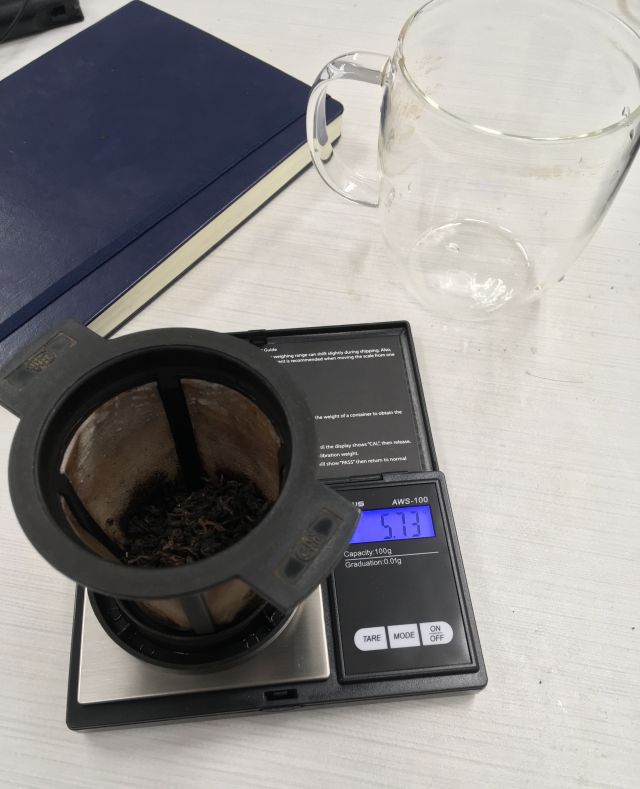SCALES #40: entr'acte, deux
Hello!
First, a quick note: This newsletter took a break after the 20th issue, and I’ve decided to do the same after this, the 40th (!). No plans to shut the whole thing down, but I think it again will be good to take at least a few weeks off, focus on other projects, and come back with fresh energy.
▢ ▢ ▢
This has been the last week of TAing (“TFing”, in the tony parlance of the school) the lab portion of an instrumentation-focused course this semester. It’s something that eats up a lot of time, but also something I derive a lot of satisfaction from. Especially this week, when the students were asked to figure out a fluorescence measurement on their own rather than follow detailed instructions, I like seeing learning happening from doing and experimenting. As someone who has always been allergic to witnessing mistaken or unclear understandings (which of course has its own set of issues I won’t get into), it’s rewarding to participate—with leading questions and occasional explanations, but often the decision to hold my tongue and let the students work things out themselves—in the creation of new knowledge.
▢ ▢ ▢
Also this week: a visit from the 2nd-generation steward of the Keeling Curve. A speculative talk about the future of terrestrial plant ecology in a high CO2 world, drawing on satellite observations, plant physiology, paleoclimate records. In other words, an important topic rooted in fields I know basically nothing about and that my research is only connected to in the most tenuous sense. But reader——I liked that.
I think one big change in my mindset over the course of my graduate student career has been cracking open a certain close-mindedness about scientific disciplines. I came in with a sense, which I probably couldn’t even articulate, that what was interesting and important and worth my time were the things directly applicable to what I was studying. But now I’ve had years of being exposed to people studying all kinds of important, interesting things that have next-to-nothing to do with my expertise—atmospheric dynamics! human health! biosphere–atmosphere interactions! various arcane techniques of chemical physics! all kinds of flavors of engineering!—and I’ve discovered that what can be just as interesting as mastering specific disciplinary knowledge is understanding how to draw together and synthesize knowledge from a variety of disciplines, in service of tackling a problem. Figuring out what tools are available to address a problem, rather than figuring out what problems can be addressed by a tool.
▢ ▢ ▢
So I was listening to this podcast…
Listened to my first episode of Helga: a long, warm, and thoughtful conversation by Helga Davis with Thelma Golden, director and chief curator of the Studio Museum in Harlem.
Immediately fell for the premise of Sam Allingham’s story “The Intermediate Class”: the necessary simplicity and directness of communication in a foreign language class enabling a surprising level of intimacy between strangers.
Personal Best from the CBC has a charming gonzo energy. Strongly agree with Nick Quah’s review: “Listening to Personal Best’s wild capers, I’m struck not just by how rare it is to encounter a piece of nonfiction audio that’s designed to be genuinely pleasant and authentically big-hearted, but by how difficult it is to do so. I guess what I’m saying is, Personal Best reminds me of how much I miss Starlee Kine and her mysteries on the unforgettable Mystery Show, and just how singular the nature of that show feels to this day.”
▢ ▢ ▢
Reading list
Picking apart the philosophical assumptions embedded in the “trolley problem” framing of self-driving car ethics. (That URL slug!)
Profile of Cheyney McKnight, a woman working to improve historic interpretation of 19th-century black Americans: “Instead of rehashing the sensational horrors of slavery, she talked about Africans’ lives before kidnapping and the cultural practices that they nurtured under enslavement. Presenting her own programming required even more research, and she began sharing the results on her YouTube channel, which other black interpreters—particularly women, who are a minority within the minority—soon turned to as a resource for information long overlooked in the field. ‘When I have a program and I need to tie my headscarf, where do I go? To Cheyney’s videos,’ said [Elon] Cook-Lee. ‘She finds details that other interpreters don’t.’” (h/t jenmyers).
Reading about the near-impossibility of boycotting the big tech companies and thinking, can Peach just make a comeback already?
▢ ▢ ▢
Science!
In my corner of the scientific world, people think about monoterpene molecules produced by trees in terms of their effects on the atmosphere. So, it’s always surprising to see where else they show up:
- Mountain pine beetles take the monoterpene molecules emitted from conifers as insect-killing defense molecules, chemically transform them, and then use the product as a signaling pheromone to coordinate an attack on those same trees. (Competition over evolutionary timescales is crazy!)
- “Here, we report that brewer’s yeast can be engineered to biosynthesize aromatic monoterpene molecules that impart hoppy flavor to beer by incorporating recombinant DNA derived from yeast, mint, and basil.”
I missed this Ed Yong story when it first came out in January: "So our neurons use a viral-like gene to transmit genetic information between each other in an oddly virus-like way that, until now, we had no idea about." (h/t danhon)
Mathematical model of knuckle cracking: “The model resolves the dynamics of a collapsing cavitation bubble in the synovial fluid inside a metacarpophalangeal joint during an articular release. The acoustic signature from the resulting bubble dynamics is shown to be consistent in both magnitude and dominant frequency with experimental measurements in the literature and with our own experiments, thus lending support for cavitation bubble collapse as the source of the cracking sound.”
▢ ▢ ▢

SCALE.
Thanks for reading! You can always forward to a friend/reply and say hi/subscribe.
—Adam